Porter tank engine No. 40
The little steam engine on static display in Centennial Park was donated to the Salida Museum in 1953 by the Koppers Company creosote plant, which operated in Smeltertown near Salida from 1926 until 1953. The Koppers plant (homebased in Pittsburgh, Pa.) treated raw wood railroad ties with creosote as a preservative. The engine was moved to the park in 1953 and began attracting tourists the same year the museum opened in a small room at the nearby Hot Springs Pool.
The little goat or dinky, as it was called, worked trains of flatcars loaded with up to 600 railroad ties at a time. The ties were trimmed and stacked in curing yards and then run into two huge cylinders of creosote solution and soaked under pressure and 200 degrees (F) heat (Denver Post, Feb. 8, 1954). The engine ran on 24-inch track and is a type 0-4-0T. The numbers refer to the wheel arrangement (zero pilot wheels, four driving wheels and zero trailing wheels. The “T” stands for tank because this type of engine carries water in a tank wrapped around the boiler of the engine itself, rather than in a trailing tender. The engine burned coal, which was carried in bunkers built into the cab.
The H. K. Porter Company of Pittsburgh, Pa., built the greatest number of light industrial steam engines in America and this engine is most likely one of theirs. Track gauge for industrial yards varied widely prior to 1900. The Porter Company manufactured engines with wheels set from 20 to 49 inches apart depending on the application. According to company records, only 130 of the 24-inch tank engines were made compared to many more 36-inch models, a fact, which if true, makes Salida’s engine a rarity.
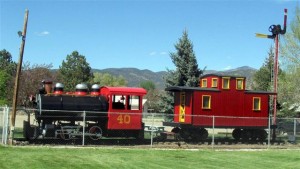
For further information about the Porter tank engines see the article Steam Locomotive—April, 1960—Starrucca Valley Publications, William S. Young, Editor & Publisher.
Other resources include: catskillarchive.com www.steamlocomotive.info
D&RG Caboose No. 0576
Note: In 2014, the City of Salida moved the caboose across the bridge to the end of F Street. Here is some history on that caboose.
Soon after the engine was placed in Centennial Park a caboose was added to the display in 1954. It was donated to the City of Salida by the family of Mr. and Mrs. Terry and June Gill of Howard, Colorado.
According to Terry Gill, his grandfather Henry T. Gill purchased the caboose after WWII when narrow-gauge railroad operations shut down in Salida and much of the equipment was sold at auction. “H. T.” Gill had been a fireman for many years on the Marshall Pass line of the D&RG Railroad. He retired as a diesel engineer in Salida. The caboose without its wheels was moved to the backyard of Terry Gill’s Aunt Eulalia Millard’s house at 129 Blake Street. Terry Gill used it as a clubhouse before finishing school and entering the military.
Terry Gill remembers the caboose had three single bunks, brown leather seats in the cupola, a desk filled with train books and engineer rosters, a little washbasin and a coal stove. Apparently it made many trips over Marshall Pass and Tennessee Pass to Minturn. Today, the original markings on the caboose are gone along with the grab irons. The wood sides appear to have been covered over at a later date with new wood protective siding. But Terry Gill still has the coal stove and a few other items from the old caboose.
Probably this caboose was built in late 1880s as D&RG caboose No. 0576. The clue comes from a database of extant cabooses kept by the Rio Grande Modeling and Historical Society (RGM&HS), which lists No. 0576 as belonging to the Salida Museum at 406 W. Rainbow Highway. A photograph of No. 0576 appears on pg. 271 of Trails Among the Columbine: A Colorado High Country Anthology: Salida Colorado 1997-1992, Sundance Publications, 1992, edited by Russ Collman. (As of 2011, this book is out of print and rare.) The caption states it was one of a number of cabooses “built with 17-foot-long bodies (22 feet long at the ends of the sills) that were built by the D&RG during the late 1880s to replace wrecked cabooses–or ones sold….” For further reference see the online caboose database at < http://www.drgw.org/data/caboose/caboose.htm >
In June 2005, the engine and caboose display in Centennial Park received some much-needed repair and a new coat of paint in time for the visitor season. The work was volunteered by Mr. Dexter Jennings of Buena Vista, CO. Mr. Jennings, a retired firefighter and native of the area, recently moved back and noticed that the display needed attention. He remembered when the engine was donated to the Salida Museum in 1953 and wanted to make it look handsome again.
A semaphore type signal is located within the display. Technically the signal is called a train order board used to signal the engineer of an approaching train. It probably comes from someplace nearby along the Marshall Pass line, but the museum’s records are incomplete. A signal of the same type appears in historic photographs of the railroad station at Poncha Springs, where the Monarch spur diverged from the Marshall Pass line.
It would be greatly appreciated if anyone having additional information about the tank engine, caboose or signal please contact the Salida Museum Association, 406 ½ West Highway 50, Salida CO 81201; telephone 719-539-7483.
Recently the engine was painted, Oct. ’11.
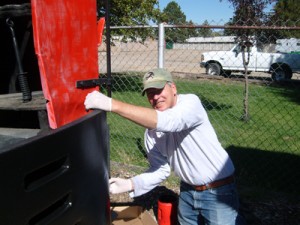
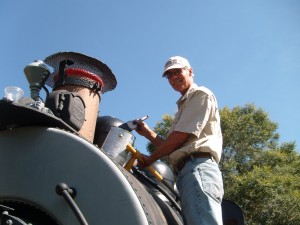
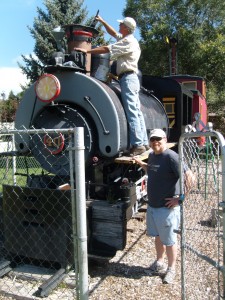
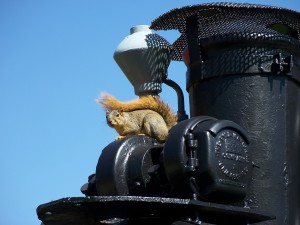
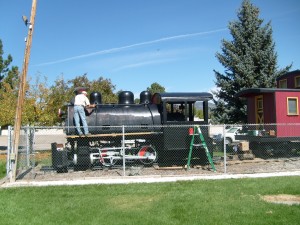
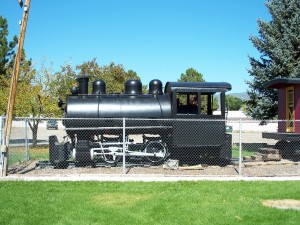
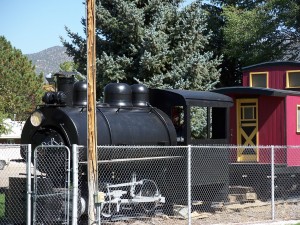
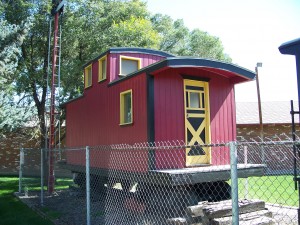
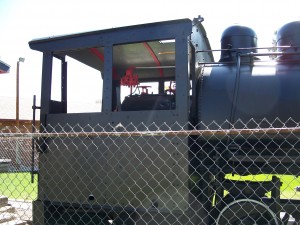
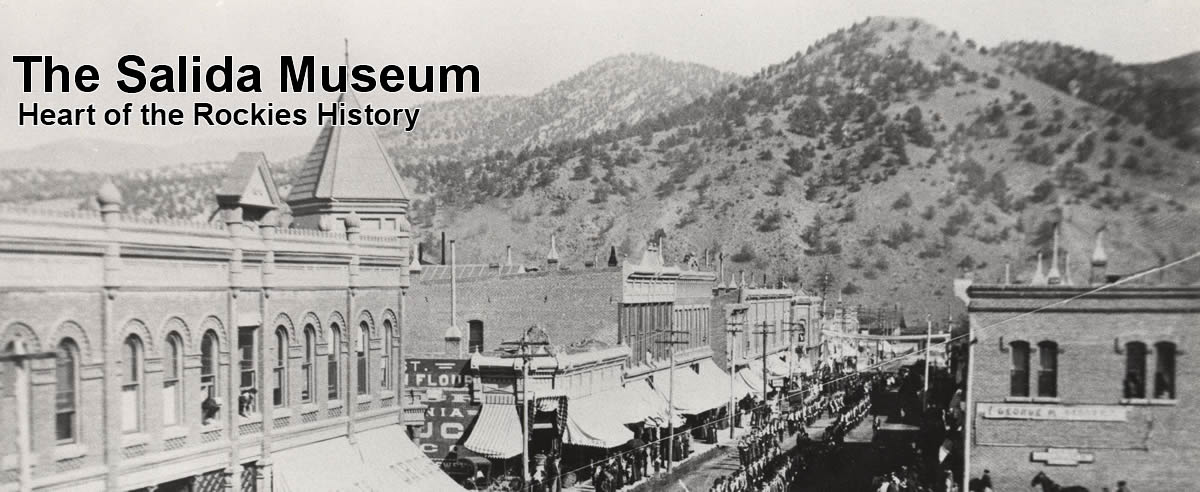
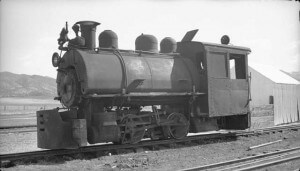
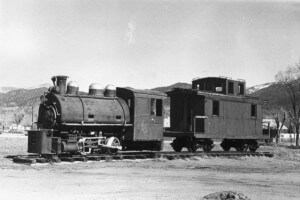
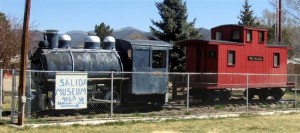
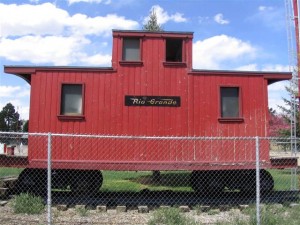
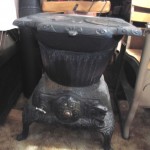
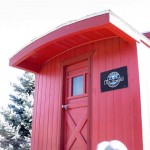

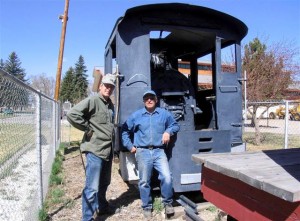
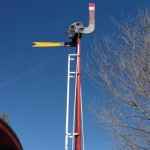
Henry Gill was my greatgranpa
Henry gill my greatgranpa
Henry Gill was my greatgrandpa